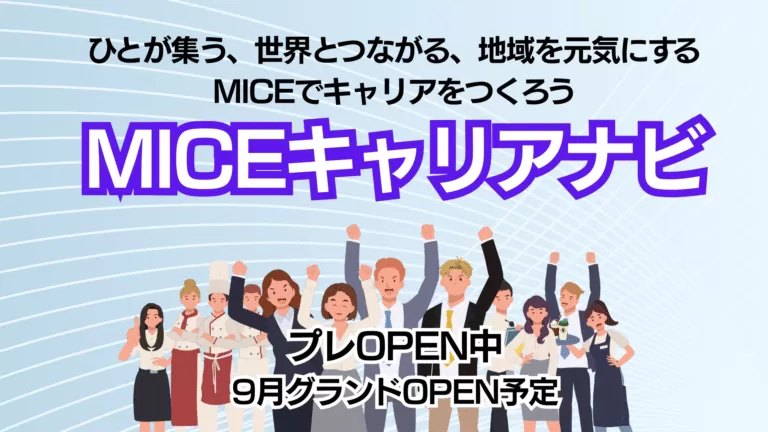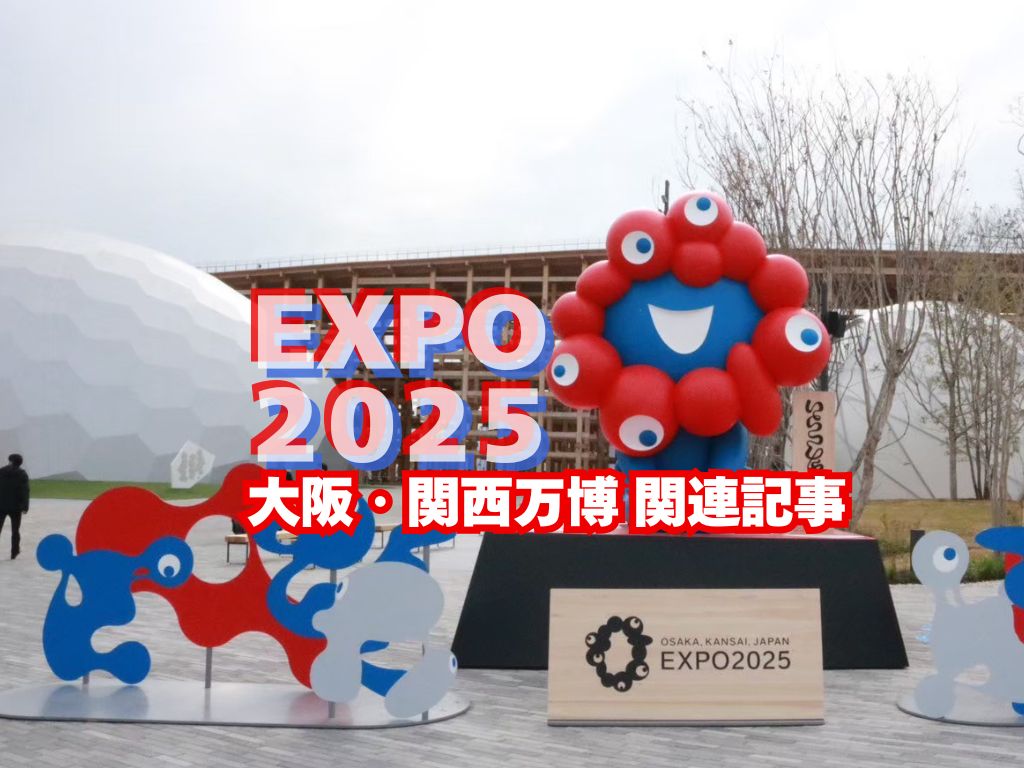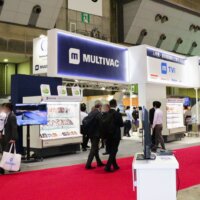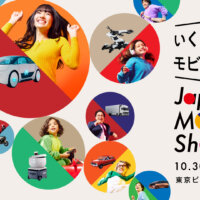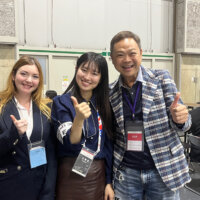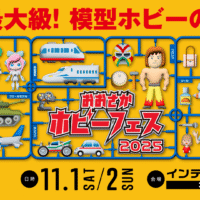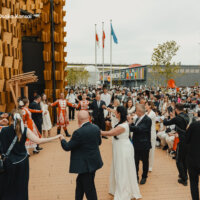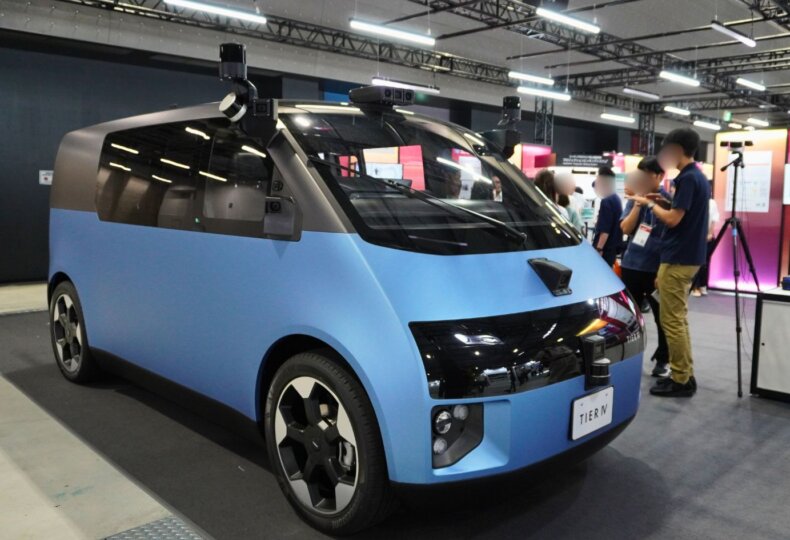
Automotive Engineering Exposition 2025 NAGOYA — Clear Booth Presentations and Attentive Explanations Drive Visitor Satisfaction
Held July 16–18, 2025 at Aichi Sky Expo (Aichi International Exhibition Center), the Automotive Engineering Exposition 2025 NAGOYA is one of Japan’s largest technical trade fairs for automotive engineers. We visited the venue on opening day. The exposition is staged twice a year—first in Yokohama in May, then in Nagoya in July.
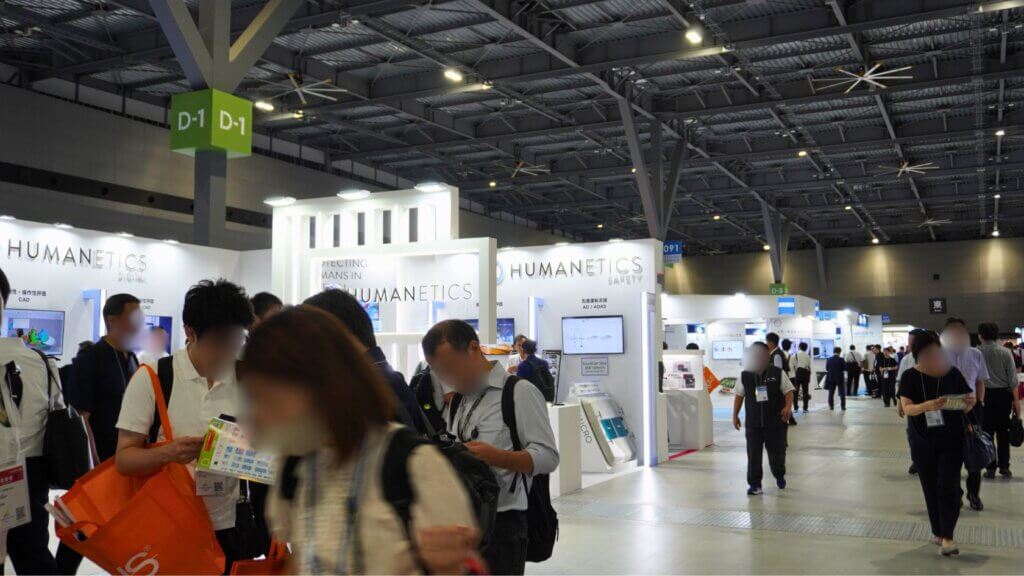
Event Overview
Name: Automotive Engineering Exposition 2025 NAGOYA
Organizer: Society of Automotive Engineers of Japan, Inc. (JSAE)
Venue: Aichi Sky Expo (Aichi International Exhibition Center)
Dates / Hours: July 16 (Wed)–18 (Fri), 2025, 10:00 a.m.–5:00 p.m.
Exhibition Scale: 475 exhibitors, 989 booths (co-exhibitors not included)
Official Website https://aee.expo-info.jsae.or.jp/en/nagoya/

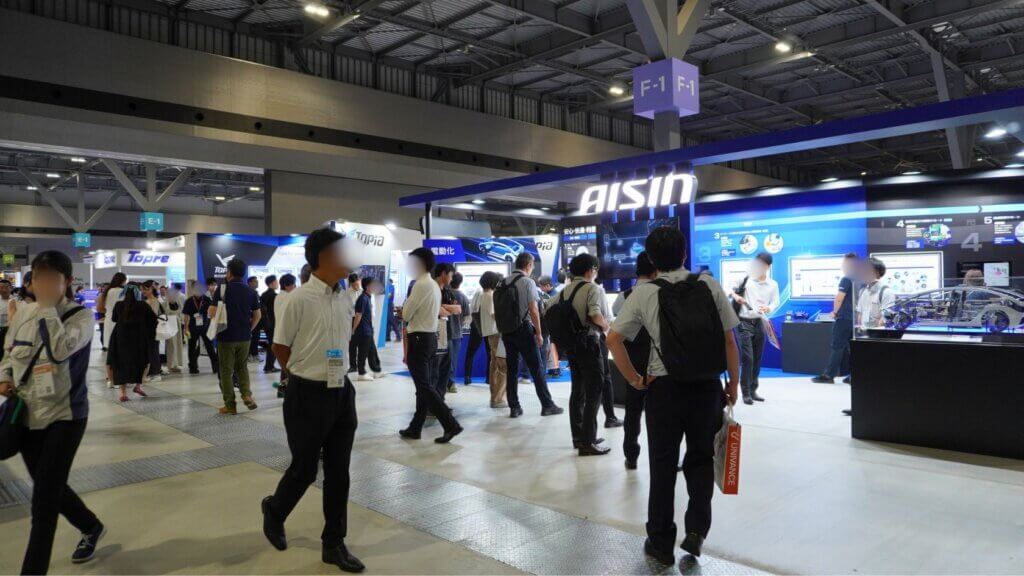
First impressions of the venue
The aisles were wide with clear sightlines, making it easy to understand what each booth was showing. A food court in front of the halls drew heavy use in the afternoon. With shops and vending machines available—and everything located indoors—the venue stayed comfortable even in summer. The visitor profile appeared to be predominantly male business professionals in their 30s to 50s, many carrying backpacks.
The technologies on display covered a broad range. We often saw visitors intently studying exhibits in their fields of interest and stopping to hear in-depth explanations.
Booths that caught our eye
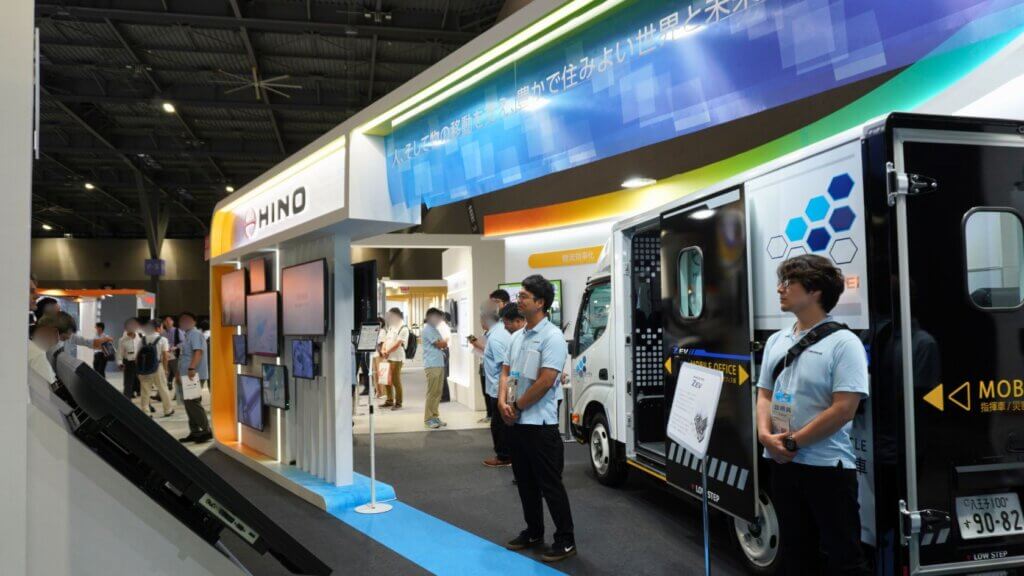
Hino Motors: Ultra-low floor made possible by electrification, delivering standout versatility
On display was an electrified van-style vehicle whose signature feature is an ultra-low, flat floor enabled by its EV architecture. The concept lends itself to many applications—from a disaster-response command vehicle to everyday civic uses. In another corner, a community-bus specification was exhibited.
Despite interior headroom tall enough to stand and walk, the vehicle itself is about the size of a typical light-duty van. That footprint allows people movement even on narrow urban or local streets, while the pillar-free, box-shaped cabin suggests high versatility for layouts and equipment.
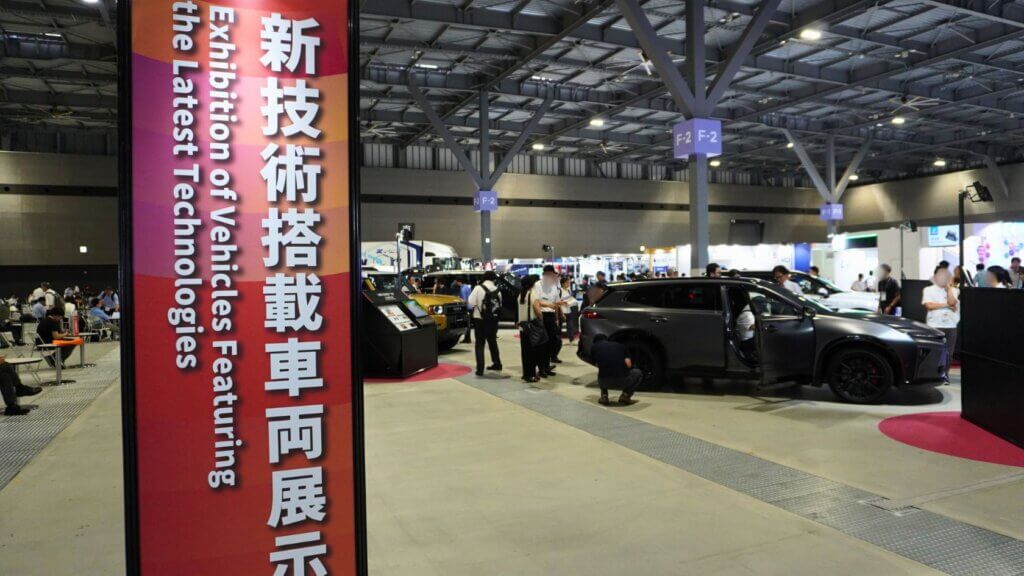
Exhibit corner model: vehicle outfitted with new technologies
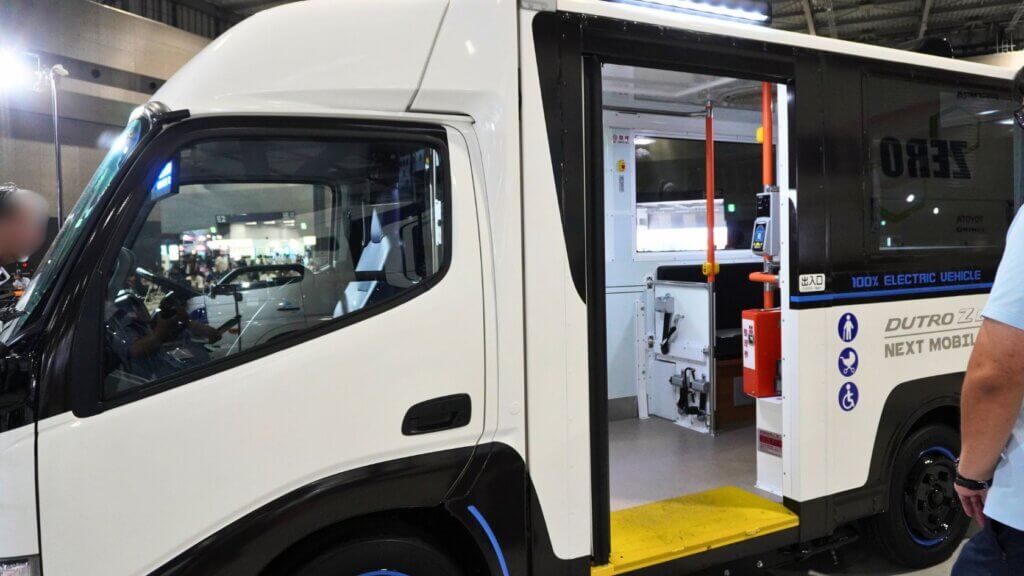
Community-bus spec: small non-step BEV bus “HINO N-mobi Prototype” (prototype)
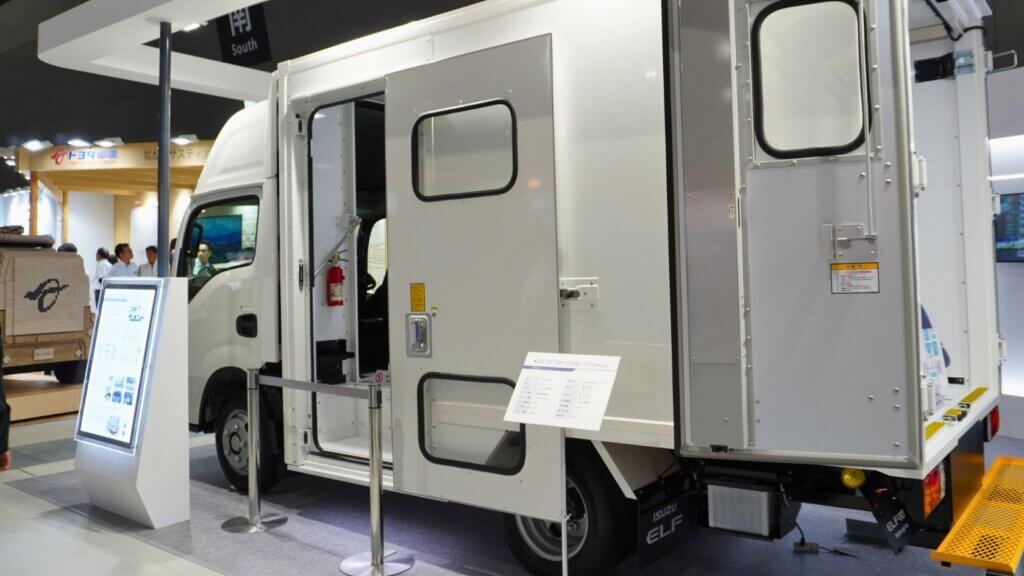
Isuzu Group: Low-floor EV designed for last-mile commercial use
Isuzu and UD Trucks co-exhibited an EV aimed at small-parcel delivery operators. Thanks to electrification, the vehicle enables a walk-through from the cab to the cargo area, and the display made that feature easy to understand. Positioned as a candidate for last-mile delivery, the model prompted questions on site about driving range and whether the battery is swappable.
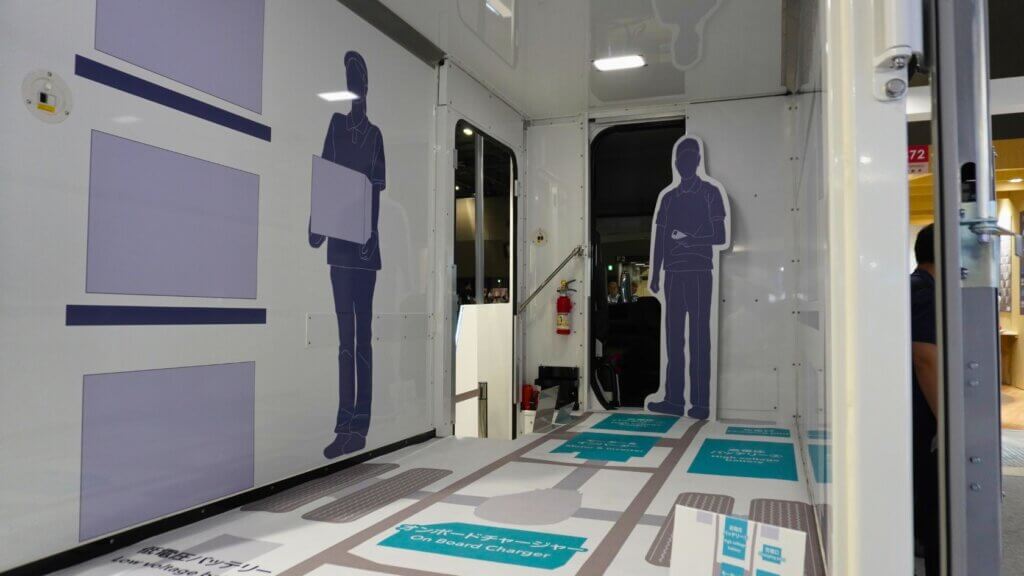
Reference exhibit: “ELF EV Walk-Through Van”
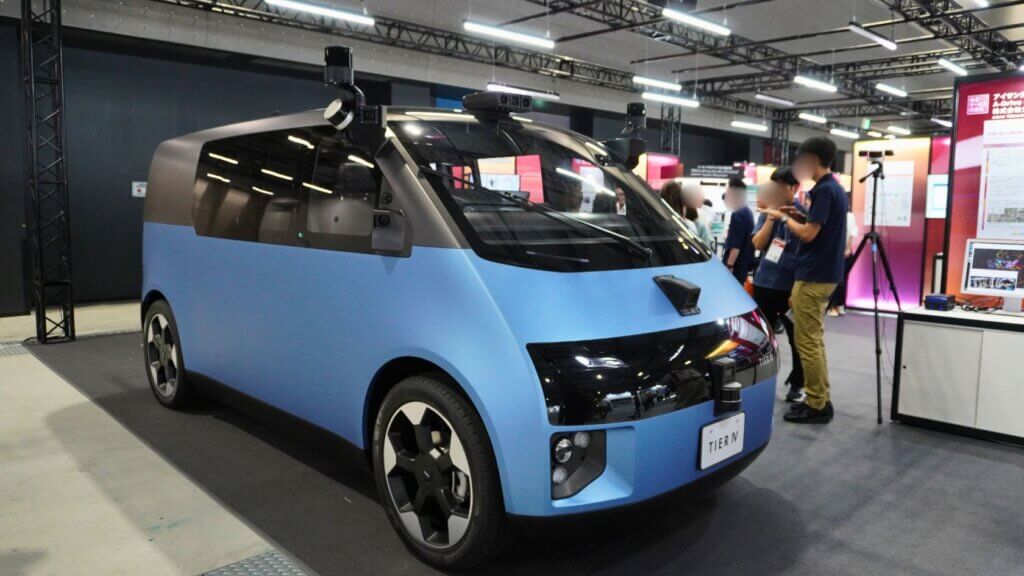
Aisan Technology: LiDAR-equipped autonomous taxi
Co-exhibited with A-Drive and Tier IV, the booth featured a vehicle using autonomous-driving technology that has already undergone numerous pilot trials. The model on display is an “autonomous taxi” designed for commercial use, seating about five to six passengers.
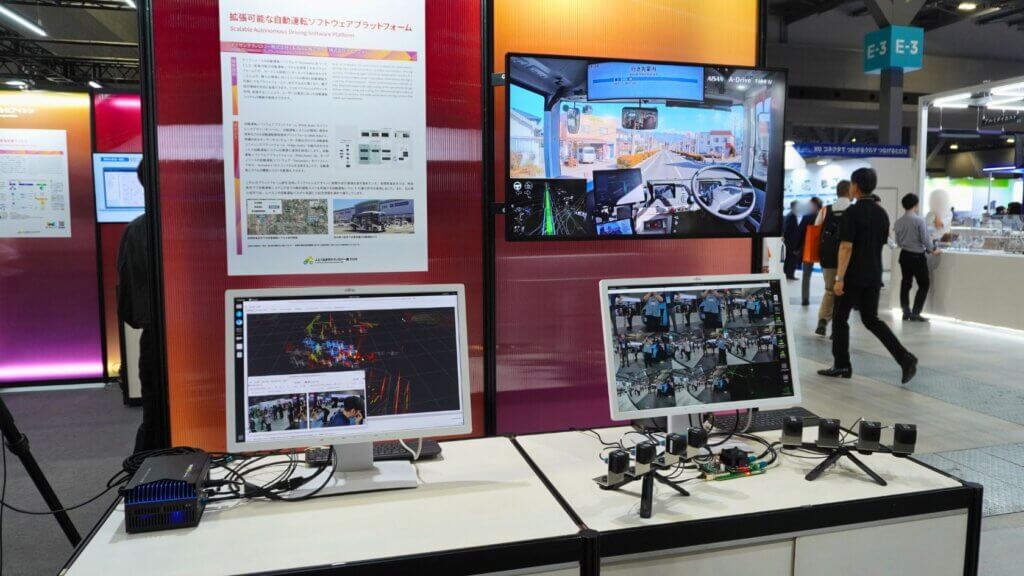
The system combines LiDAR—used for precise ranging and localization—with cameras for object recognition, enabling high-accuracy automated driving. A live feed on monitors showed the sensor and camera inputs in real time, offering a glimpse of how much data the vehicle processes to make driving decisions.
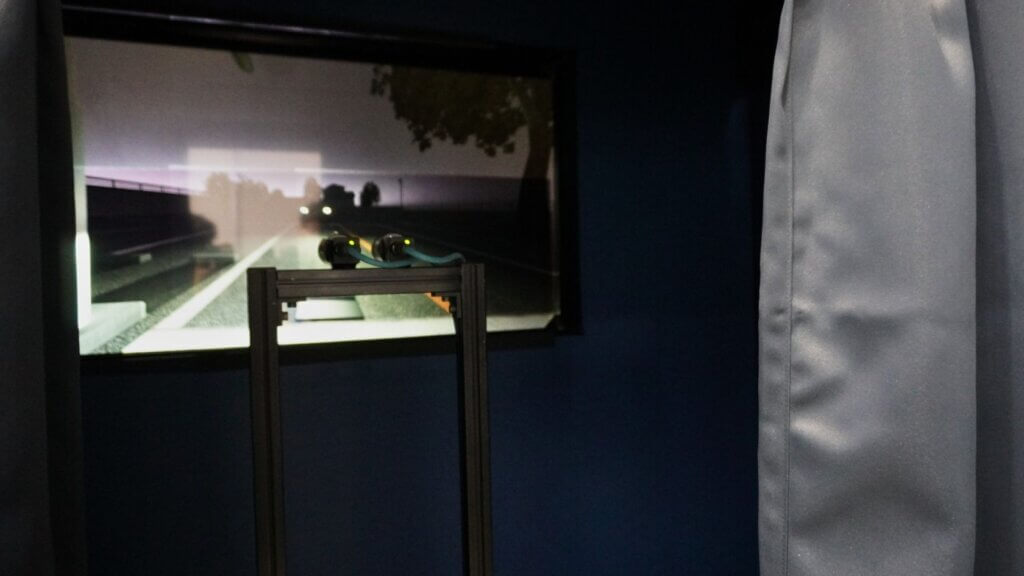
OCTEC Inc.: First public unveiling; simulate true luminance anywhere
According to the company, the booth showcased HALDiS™, an ultra–high-contrast, full-fledged true-luminance simulator described as a world first. It was a curious experience: on everyday phone or TV screens, even when car headlights appear, they don’t feel as blinding as in real life. OCTEC’s technology lets you experience the same luminance indoors. In other words, it reproduces the glare of headlights and the saturated red of tail lamps, while the surrounding scene remains appropriately dark—just like viewing them outdoors at night. In short, you can simulate actual luminance anytime, indoors.
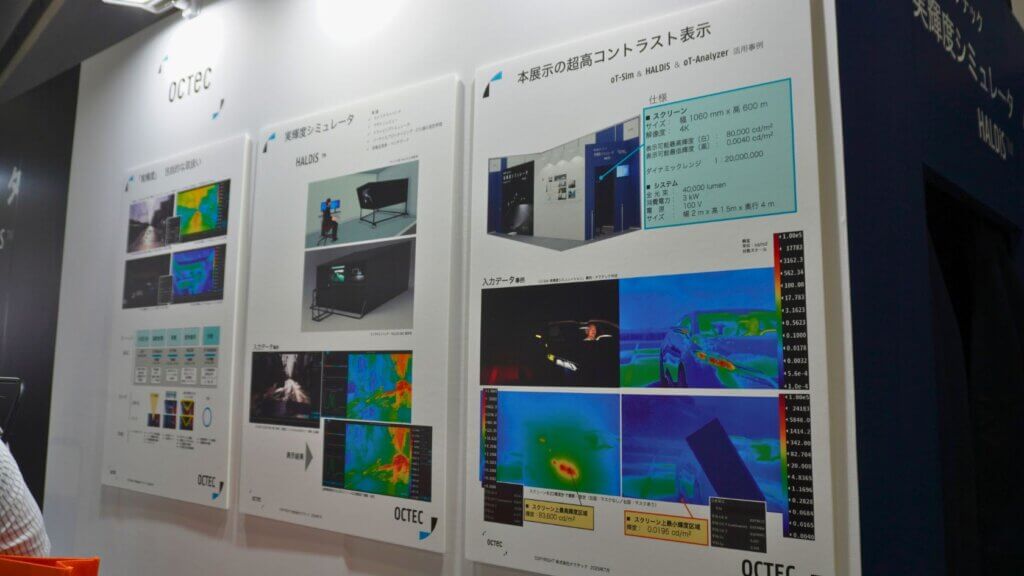
Representative Director Pierre Kopf hinted that “the uniqueness lies in the monitor itself,” which sparked excitement about what films or games might feel like if rendered at true luminance. This exposition marked the system’s first public showing.
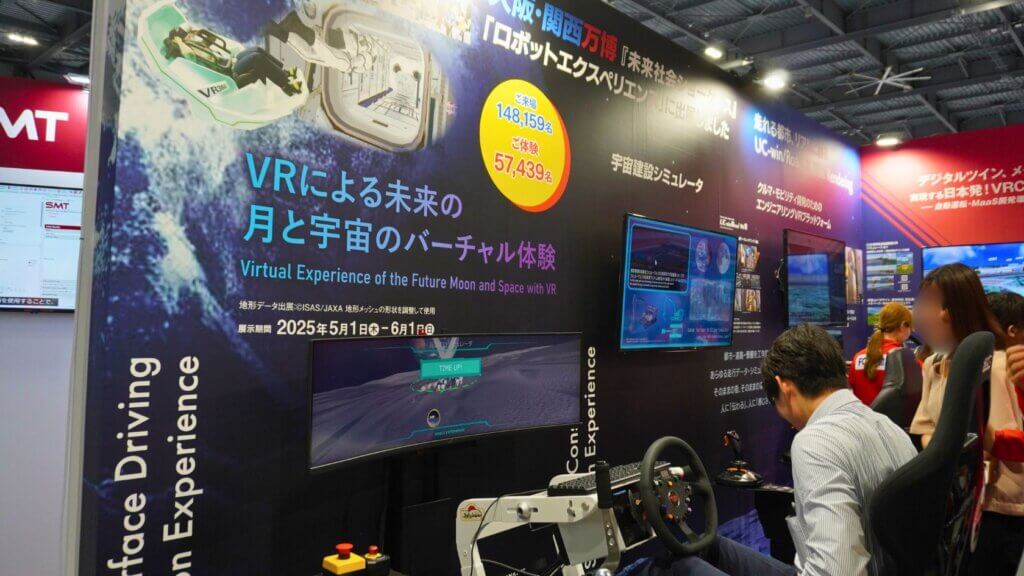
FORUM8: Drive a lunar rover — the simulator that drew crowds at the Expo
This lunar driving simulator—also exhibited at Expo 2025 Osaka, Kansai—lets you experience driving on the Moon, where gravity is one-sixth of Earth’s. I gave it a try. With such low gravity the vehicle feels feather-light, bouncing like a rubber ball. If you drop into a crater, getting back on route becomes a challenge. It was reportedly a hit at the Expo as well.
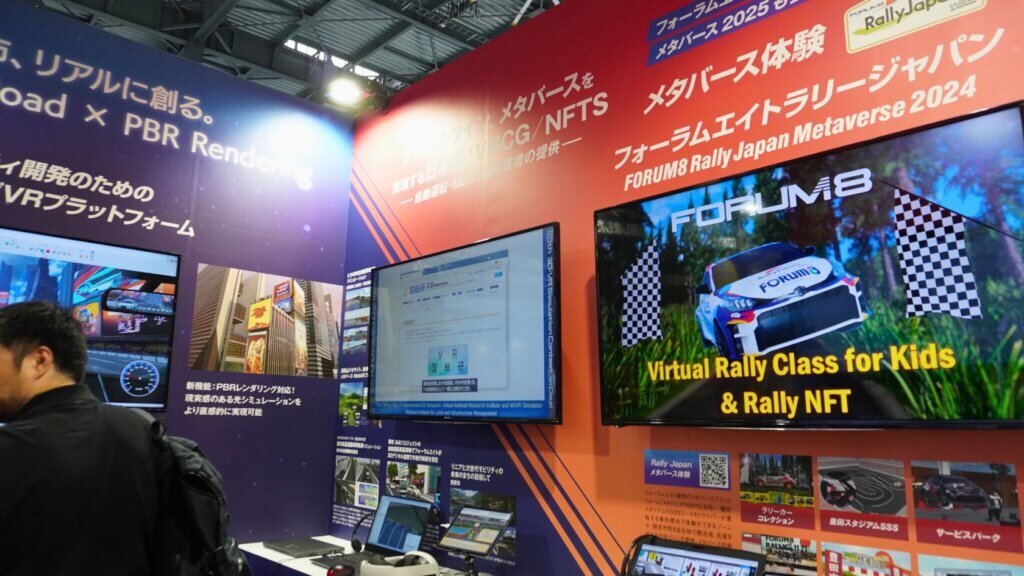
The company offers a wide range of services using VR simulation, Web3 technologies, and metaverse platforms. If the WRC event name “FORUM8 Rally Japan 2025” rings a bell, that’s the same sponsor. The booth also featured exhibits related to a Rally Japan metaverse experience.
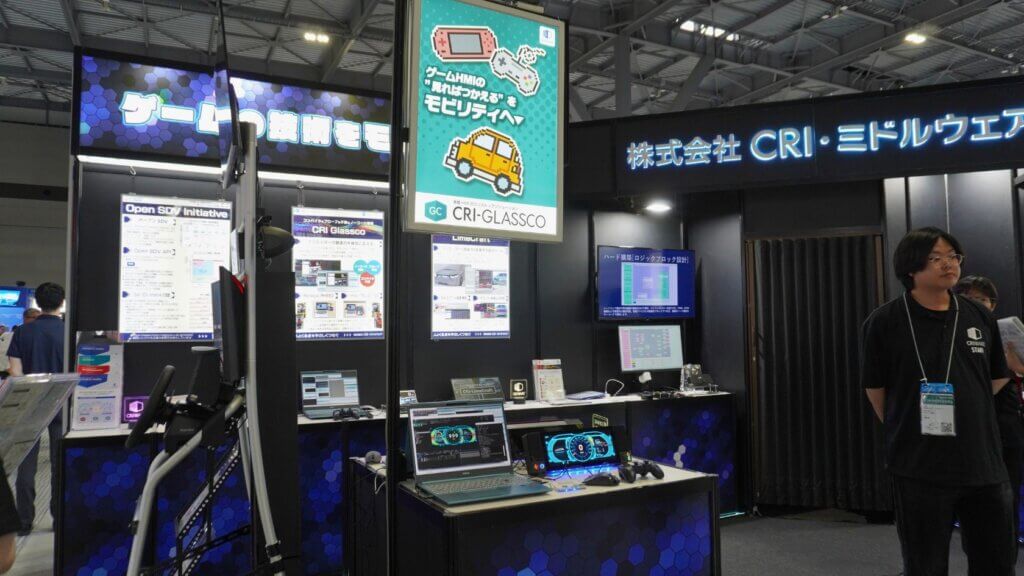
H3 — CRI Middleware: In-vehicle instrument graphics powered by game-proven middleware
This booth stood out a bit from the rest. CRI Middleware develops and sells middleware for the game industry—the software layer between applications and the OS. Middleware allows developers to deliver consistent audio and other effects across platforms, reducing workload and enabling high-quality game experiences. Many readers will recognize the CRIWARE logo.
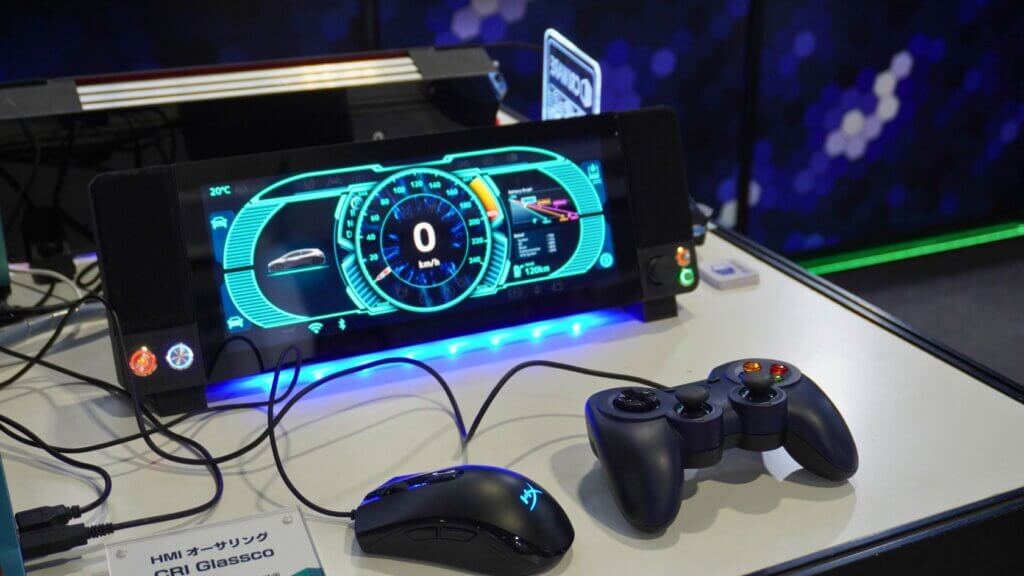
The company is extending these technologies to consumer electronics and mobility. For automotive use, its solutions cover in-cabin and exterior sound systems as well as instrument-cluster graphics—technologies that connect people and mobility. On site, the team demonstrated vivid, easy-to-understand interfaces on large monitors.
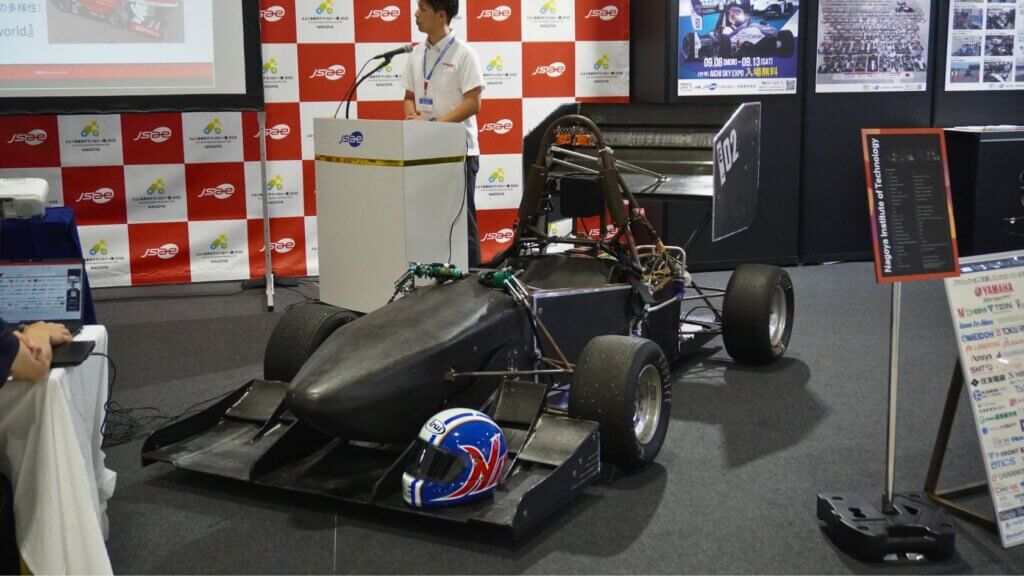
An expo you want to recommend when exhibitors truly engage
Unlike shows that spotlight new vehicle models, this exposition focused on automotive and mobility technologies, so most visitors were industry professionals—and the booths were designed to explain the tech clearly. It even felt like there were more staff on hand than at other shows, specifically to handle explanations.
At the booths we visited, someone would call over the person in charge of that technology to answer questions, rather than simply handing out brochures. As a result, even I—no expert in automotive engineering—could grasp the significance and potential of the technologies on display. That was thanks to thoughtful exhibit design and courteous guidance.
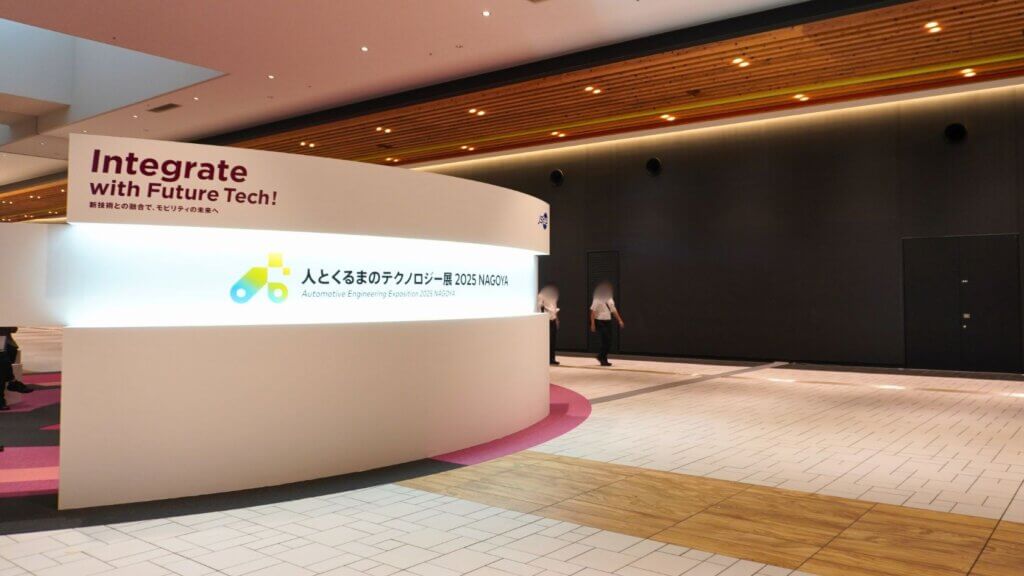
Unfortunately, there are still plenty of fairs where booths just stack flyers and treat business-card collection as the goal. In contrast, a show like this—where the entire floor is engaged in earnest, two-way communication—makes you want to tell people, “It was really good; you should go.” It was a valuable chance to reflect on visitor experience.
-
Overseas Report: Busan’s Ocean-View Workation Center — A Business Base That Shows the City’s Potential Beyond Tourism (Location, Facilities, and User Feedback)

-
On-site Report: World Cosplay Summit 2025 Eve Festival — 41 Countries Walk the Red Carpet (50+ Photos)


